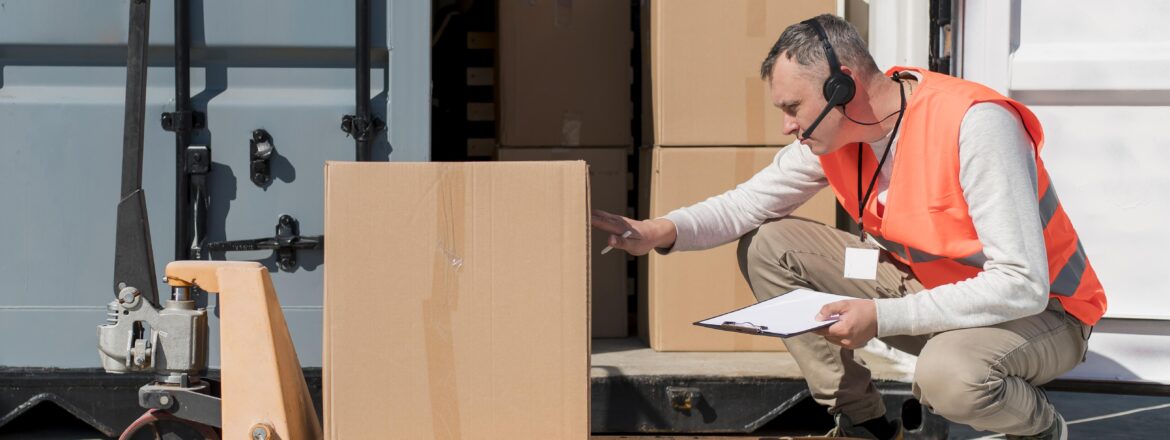Dealing with packing and shipping heavy items truly not an easy task. Beyond just the weight and associated expenses it is very important for you to consider the potential impact of strong handling and warehouse equipment. You need to take some strategic steps to reduce the risk of damage while ensuring customer satisfaction. You must know that packing for heavy items holds a lot of importance because of unique challenges they paused during the shipping process. Heavy packages undergo a lot of handling like forklifts face compression from stacking and they are most likely prone to shifting during transit.
The weight of your package doesn’t matter but it is essential for you to ensure that international parcel shipping arrives in optimum condition. It is very important for maintaining customer satisfaction as the real world interaction with your brand hinges on the condition of the packages delivered. A damaged or compromised package will fail to provide a positive experience and also jeopardize the likelihood of repeat business.
Packing Large items for shipping essential considerations
When it comes to shipping heavy items it is very important for you to ensure the safe and secure transit of goods. From selecting the right packaging materials to understanding the weight limit there are several factors you need to consider for delivery services.
Materials
The choice of packing material for international courier delivery service play the very important role. You need to choose materials that boost your ability and can withstand rough handling throughout the shipping journey. You must ensure that the materials provide substantial protection and balance strength and aesthetics. This ensures that your customers are impressed and your items are protected from potential damage during transit. In short, you need to choose materials that align with the weight of your package. Some of the most critical components of reliable packaging include bubble wrap-reinforced cardboard boxes and strong packing tape. You can invest in materials that offer visual appeal and resilience.
Handling
It would be best to consider how your package will be handled throughout shipping. The couriers might include different methods like forklift operations to move heavy parcels; heavy items often start alongside other weighty shipments. You need to customize your packaging approach to the anticipated handling methods. Some things are likely to be forklifted. If stacking is expected, you can implement different measures to prevent shifting and ensure the load is distributed evenly within the packaging.
Weight limits
You must understand the weight limit when you pack and ship, as different carriers would have different thresholds for a heavy parcel. You need to be aware of the weight limits of the airlines that you plan to use and ensure the packaging materials align with the regulations.
Awareness
It would be best if you improved the safety of your heavy shipments by clearly communicating the way to couriers. You can use prominent stickers or labels indicating the heaviness of your packets. This can work like a visual cue for Lcl containers, prompting them to Take extra care during handling.
How to pack heavy items for shipping?
- When consolidating items into a single package might seem cost-effective but increases the risk of breakage or internal damage. If your shipment comprises multiple heavy items, you need to pack them separately in individual boxes. Each of them should be provided with some cushioning and insulation
- If your package exceeds ten KGS, choose a double-walled cardboard box, as the outer packaging improves the strength. Dealing with packages weighing 30 KGS or even more than a wall box and a hardwood shipping crate might be necessary. You need to ensure that the cardboard box is entirely new and aligns with the weight limits specified by the manufacturer. You should seal the package with strong tape and use three strips on the top and bottom for extra reinforcement.
- You need to properly distribute the weight within your package to minimize the risk of damage. When multiple items are involved, you must place the largest and the heaviest at the bottom. You can achieve the balance by centering the items using insulation and braces. The strategic placement prevents tilting during transportation and handling.
- You can use sufficient inner packaging to safeguard your items from damage. You should avoid relying on paper as it might not provide enough protection. Instead, you should use solid cushioning materials like thermocol or bubble wrap to fill the space between the item and the outer packaging. This ensures A protective buffer protects the content from external impact.
In short, packing heavy items for shipping includes a combination of thoughtful practices. You can contribute towards a safe shipping environment by incorporating unique weight indicators on your packages.


